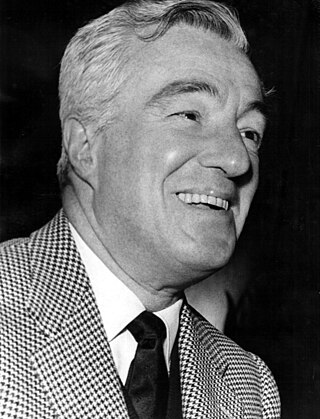
Vittorio De Sica was an Italian film director and actor, a leading figure in the neorealist movement.
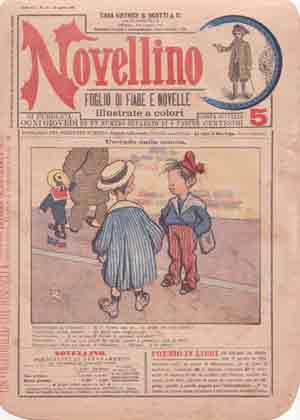
Italian comics, also known as fumetto, plural form fumetti, are comics that originate in Italy. The most popular Italian comics have been translated into many languages. The term fumetto refers to the distinctive word balloons that contain the dialogue in comics.

Alberto Pincherle, known by his pseudonym Alberto Moravia, was an Italian novelist and journalist. His novels explored matters of modern sexuality, social alienation and existentialism. Moravia is best known for his debut novel Gli indifferenti and for the anti-fascist novel Il conformista, the basis for the film The Conformist (1970) directed by Bernardo Bertolucci. Other novels of his adapted for the cinema are Agostino, filmed with the same title by Mauro Bolognini in 1962; Il disprezzo, filmed by Jean-Luc Godard as Le Mépris ; La noia (Boredom), filmed with that title by Damiano Damiani in 1963 and released in the US as The Empty Canvas in 1964 and La ciociara, filmed by Vittorio De Sica as Two Women (1960). Cédric Kahn's L'Ennui (1998) is another version of La noia.
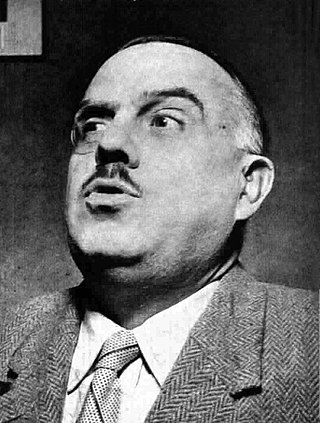
Achille Campanile was an Italian writer, playwright, journalist and television critic known for his surreal humour and word play.

Ennio Flaiano was an Italian screenwriter, playwright, novelist, journalist, and drama critic. Best known for his work with Federico Fellini, Flaiano co-wrote ten screenplays with the Italian director, including La Strada (1954), La Dolce Vita (1960), and 8½ (1963).
Franco Lucentini was an Italian writer, journalist, translator and editor of anthologies.

Commedia all'italiana, or Italian-style comedy, is an Italian film genre born in Italy in the 1950s and developed in the 1960s and 1970s. It is widely considered to have started with Mario Monicelli's Big Deal on Madonna Street in 1958, and derives its name from the title of Pietro Germi's Divorce Italian Style (1961). According to most of the critics, La Terrazza (1980) by Ettore Scola is the last work considered part of the commedia all'italiana.
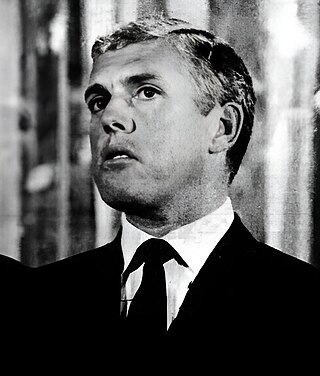
Luciano Salce was an Italian film director, comedian, television host, producer, actor and lyricist. His 1962 film Le pillole di Ercole was shown as part of a retrospective on Italian comedy at the 67th Venice International Film Festival.

Vittorio Caprioli was an Italian actor, film director and screenwriter. He appeared in 109 films between 1946 and 1990, mostly in French productions.
Bertoldo was a biweekly magazine of surreal humour that ran from 14 July 1936 to 10 September 1943 under Italian Fascism. The magazine was based in Milan. While the Becco Giallo magazine put out courageous political satire against the fascist regime, the reactionary authors of Bertoldo, like Marcello Marchesi, as well as Marc'Aurelio, developed a kind of surreal humour that was accepted by the regime.
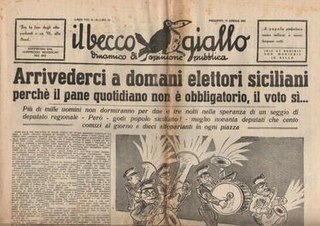
Il Becco Giallo was an antifascist satirical magazine in the 1920s in Italy. The magazine existed between 1924 and 1926.

L'Ora was a Sicilian daily newspaper published in Palermo. The paper was founded in 1900 and stopped being published in 1992. In the 1950s–1980s the paper was known for its investigative reporting about the Sicilian Mafia.

Le Ore was an Italian weekly news magazine published between 1953 and 1994 in Milan, Italy.

Leopoldo "Leo" Longanesi was an Italian journalist, publicist, screenplayer, playwright, writer, and publisher. Longanesi is mostly known in his country for his satirical works on Italian society and people. He also founded the eponymous publishing house in Milan in 1946 and was a mentor-like figure for Indro Montanelli.

Geky Dor was an Italian comic book series created and written by Andrea Lavezzolo with illustrations by Andrea Bresciani. It was published weekly in 20 issues from 1949 to 1950.

Carlo Cossio was an Italian comic artist and animator.
Vittorio Gorresio was an Italian Journalist-commentator and essayist.
Sergio Barletta is an Italian cartoonist and illustrator.
Tango was a satirical insert of the Italian Communist newspaper l'Unità.
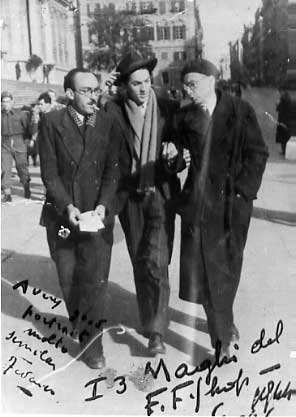
Guglielmo Guastaveglia, also known as Guasta, Guglielmo Guasta and Guasta Veglia, was an Italian illustrator, comics artist and writer. He was the first cartoonist to produce autoctone Mickey Mouse comic strips in Italy.
















